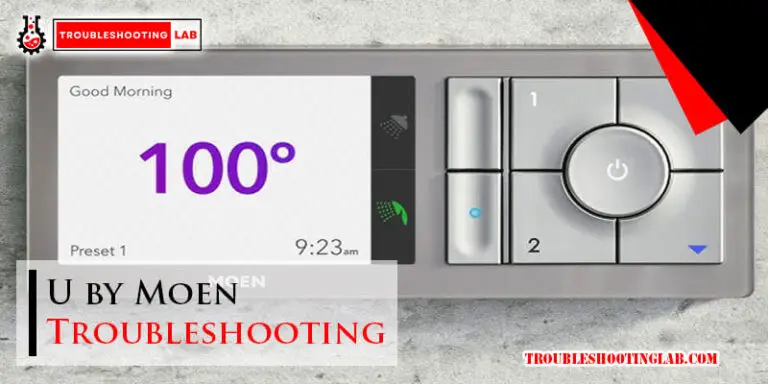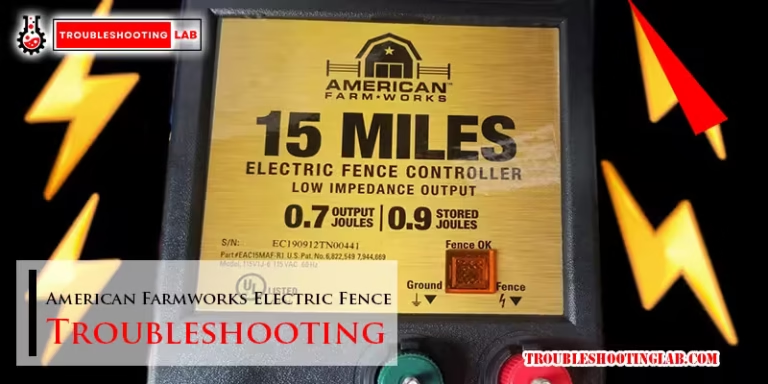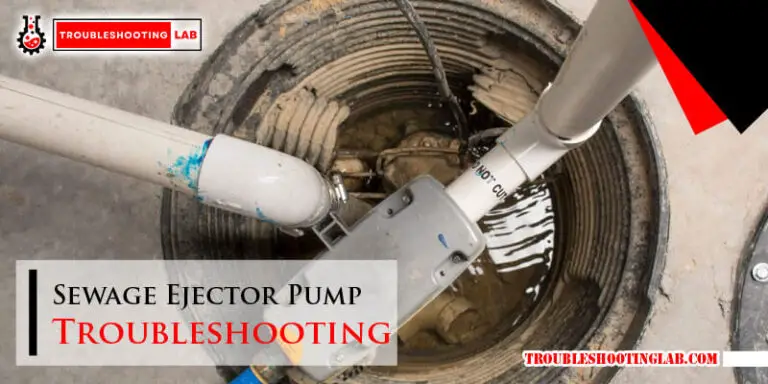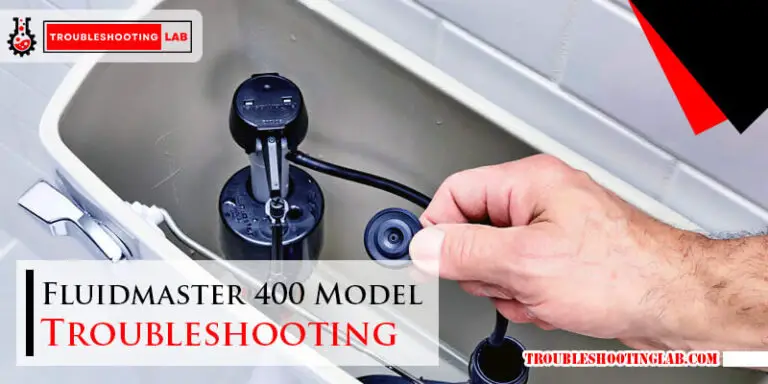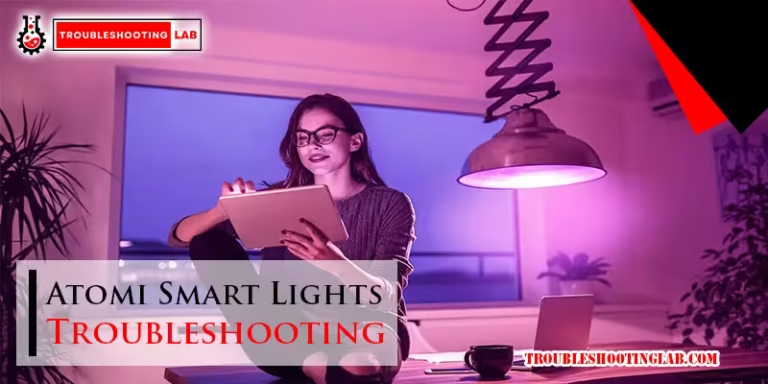Guardian Garage Door Opener Troubleshooting: Quick Fix Guide
A garage door opener that suddenly stops working can throw a wrench into your day, right? If you’re dealing with a Guardian garage door opener that’s acting up, you’re not alone.
These trusty devices are usually reliable, but like any machine, they can occasionally run into issues. The good news? Most problems are easier to fix than you might think, and you don’t need to be a tech expert to do it.
In this guide, we’ll walk you through simple troubleshooting steps to get your Guardian garage door opener back on track. Whether it’s a stubborn remote, a door that won’t close, or a mysterious beeping sound, we’ve got you covered. Stick around—you’ll save time, avoid frustration, and potentially skip an expensive service call.
Common Issues With Guardian Garage Door Openers

Is your Guardian garage door opener not working as expected? You’re not alone. These devices are reliable, but like any technology, they can run into issues. Knowing the common problems can save you time, money, and frustration. Let’s break down some typical issues and how to handle them.
1. Faulty Remote Control
One of the most common complaints is a remote control that stops working. First, check the batteries. Low or dead batteries are often the culprit and can be easily replaced.
If the batteries are fine, ensure that the remote is within range of the opener. Sometimes interference from other wireless devices can also block the signal. Resetting the remote or reprogramming it to the opener might solve the issue.
2. Garage Door Not Closing Completely
Does your garage door stop halfway or reverse before closing? This could be a problem with the safety sensors. Dirt, dust, or misalignment of the sensors can interfere with their function.
Clean the sensors with a soft cloth and check their alignment. The sensors’ LED lights should glow steadily. If they blink or stay off, they may need adjustment or replacement.
3. Opener Motor Runs But Door Doesn’t Move
If you hear the motor running but the door stays still, check the trolley. It might have been disengaged. Most openers have a manual release cord—usually a red rope—that disconnects the trolley from the door.
Ensure the cord is in the engaged position. If the trolley still won’t engage, inspect it for wear and tear. A damaged trolley might need replacement to restore normal operation.
4. Grinding Noises During Operation
A noisy garage door opener can be frustrating. Grinding or screeching sounds are usually caused by worn-out gears or lack of lubrication. Regular maintenance can prevent this issue.
Check the drive mechanism and apply a garage-door-specific lubricant to moving parts. Avoid using grease as it can attract dirt. If the noise persists, you might need to replace the opener’s internal gears.
5. Wall Button Not Responding
If your wall-mounted control button isn’t working, first inspect the wires. Loose or damaged wiring could break the connection. Tighten any loose screws and make sure the wires are securely attached.
Check the power supply to the opener as well. A tripped circuit breaker or blown fuse might be the cause. If these steps don’t resolve the issue, the wall button itself might need replacement.
These are some of the most common problems people face with Guardian garage door openers. Which issue are you dealing with? Let us know in the comments—your question might help others troubleshoot their doors too!
Door Won’t Open Or Close
Encountering a garage door that won’t open or close can be frustrating. It disrupts your routine and creates safety concerns. Guardian garage door openers are reliable, but issues can arise. Understanding the problem and troubleshooting effectively can save time and effort.
Checking Power Supply
The first step is to verify the power source. Ensure the opener is plugged into a functioning outlet. Check for loose connections or damaged wires. If the outlet isn’t working, reset the circuit breaker. A consistent power supply is vital for proper operation.
Inspecting Remote Control Batteries
Dead batteries in the remote control can prevent the door from responding. Open the remote and check the battery compartment. Replace old batteries with new ones and test the remote. Use batteries recommended for your Guardian opener.
Testing The Wall Switch
The wall switch is another critical component. Press the switch and observe if the opener reacts. If it doesn’t, inspect the wiring for damage or loose connections. Replace the switch if necessary. Ensure the wires are securely attached for reliable performance.
Unusual Noises During Operation
Hearing strange noises when your Guardian garage door opener runs can be frustrating—and a bit alarming. The good news? These sounds often point to minor issues that are easy to fix with a little know-how. Let’s dive into common causes and solutions that can save you time, money, and stress.
Lubricating Moving Parts
Grinding or squeaking noises often mean your garage door’s moving parts are too dry. Check areas like the hinges, rollers, and tracks. Lack of lubrication can cause unnecessary friction, which leads to these unpleasant sounds.
Apply a garage door lubricant designed for metal components. Avoid using WD-40—it’s a cleaner, not a lubricant. A silicone-based spray or lithium grease works best to keep things running smoothly without attracting dirt or debris.
Tightening Loose Hardware
Rattling or vibrating sounds might be the result of loose bolts or brackets. Over time, the constant motion of the garage door can loosen these parts. Take a wrench or screwdriver and inspect all the hardware, including the tracks and mounting brackets.
Focus on tightening screws and bolts that secure the opener to the ceiling or wall. Don’t forget the hinges on the garage door itself. A snug fit can eliminate many of these irritating noises instantly.
Identifying Motor Problems
If you hear a buzzing or humming noise coming from the motor, it’s worth investigating further. These sounds could indicate an issue with the motor’s internal components. In some cases, the motor might struggle to lift the door due to worn-out gears.
Unplug the opener and remove its cover to inspect the motor. Look for any visible signs of damage, like worn gears or frayed wires. If you’re unsure, contact a professional to prevent further damage or safety risks.
Do these fixes sound manageable? If you’re still hearing strange noises after trying these steps, you might be dealing with a more complex issue. Always prioritize safety and don’t hesitate to call an expert when needed.
Sensor Alignment Problems

Sensor alignment problems are one of the most common issues people face with their Guardian garage door openers. Misaligned sensors can stop your door from closing properly or cause it to reverse unexpectedly. Luckily, these issues are straightforward to troubleshoot and fix with a bit of guidance.
Inspecting Sensor Lights
The first step is to check the sensor lights on both the sending and receiving units. Each sensor should have a small LED light that tells you if it’s working correctly. A steady light usually means the sensors are aligned, while blinking or no light can indicate a problem.
Take a close look: Is one sensor light dim or not lit at all? That could mean it’s out of alignment or obstructed. Grab a flashlight if your garage is poorly lit and ensure you can see the lights clearly.
When was the last time you checked these? A quick visual inspection can save you hours of frustration later.
Repositioning Misaligned Sensors
If the lights indicate misalignment, you’ll need to reposition the sensors. Start by loosening the wingnuts holding the sensors in place. Adjust the sensors slightly up or down until both LED lights are steady.
Don’t rush this part—it might take some trial and error. Secure the sensors firmly once they’re aligned, but don’t overtighten, as this could damage the brackets.
Pro tip: Use a level to ensure both sensors are at the same height. Even a small tilt can throw them off.
Cleaning Sensor Lenses
Dirt and dust on the sensor lenses can also interfere with proper alignment. Wipe the lenses gently with a soft, clean cloth. Avoid using harsh chemicals, as these can damage the lens surface.
It’s surprising how much of a difference a quick cleaning can make. A smudged sensor might seem like a small issue, but it can completely block the signal.
Don’t forget to check for spiderwebs or other debris around the sensors. Keeping the area clean ensures smoother operation in the long run.
Still having trouble after these steps? It might be time to check for loose wiring or consult the manual for additional troubleshooting tips. What’s the most frustrating sensor issue you’ve encountered? Share your thoughts below!
Remote Control Not Working
Experiencing issues with your Guardian garage door remote control can be frustrating. A malfunctioning remote disrupts your daily routine and poses security risks. Understanding the common causes can help resolve the issue quickly. Below are key troubleshooting steps for fixing a non-working remote.
Reprogramming The Remote
Sometimes, your Guardian garage door remote loses its programming. This happens due to power outages or accidental resets. Reprogramming the remote can restore its functionality. Locate the “Learn” button on the opener unit. Press and hold it until the indicator light blinks. Then, press the button on the remote. Wait for the light to stop blinking, confirming successful programming. Test the remote to ensure it works.
Replacing Remote Batteries
Dead batteries are a common cause of remote failure. Open the battery compartment on your remote. Check the battery type and replace it with a fresh one. Ensure the new battery is installed correctly. Test the remote again after replacing the batteries. Always use high-quality batteries for best performance.
Checking Signal Interference
Signal interference can prevent your remote from working. Nearby electronics or metal objects may block the signal. Remove any items near the opener or remote that could cause interference. If the problem persists, try using the remote closer to the opener. This reduces signal disruption and improves functionality.
Door Reverses Before Closing

Does your Guardian garage door reverse before fully closing? This issue can be frustrating and inconvenient. It often points to a safety mechanism being triggered. Understanding the cause can help you fix the problem quickly. Below, we explore common reasons and solutions to resolve this issue.
Adjusting The Close-force Setting
The close-force setting controls how much force the opener uses. If it’s set too low, the door may reverse. Locate the close-force adjustment knob on the motor unit. Turn it slightly clockwise to increase the force. Test the door after each adjustment to ensure it closes properly. Avoid setting it too high to maintain safety.
Inspecting The Safety Sensors
The safety sensors are located near the bottom of the door tracks. These sensors prevent the door from closing on objects. Dirt, misalignment, or damage can trigger the reversing mechanism. Clean the sensor lenses with a soft cloth to remove dirt. Check if the sensors are aligned by ensuring their indicator lights are solid. If the lights are blinking, adjust the sensors until they align correctly.
Clearing Track Obstructions
Obstructions in the garage door track can cause the door to reverse. Inspect the tracks for debris, rust, or dents. Remove any objects blocking the path. Use a damp cloth to clean the tracks thoroughly. Ensure the tracks are free from damage and tightly secured to the wall. Regular maintenance can prevent future issues.
Motor Runs But Door Doesn’t Move
Experiencing a garage door opener motor that runs, but the door stays still, can be frustrating. This issue often points to mechanical or setting-related problems. Luckily, troubleshooting this can be straightforward with the right approach. Below, you’ll find actionable steps to identify and resolve the issue effectively.
Checking The Drive Mechanism
The drive mechanism connects the motor to the garage door. A worn or broken mechanism can prevent the door from moving even though the motor runs. Inspect the drive gear for visible damage or wear. If the gear looks stripped or cracked, it may need replacement. Ensure the drive mechanism is securely connected to the motor and isn’t loose.
Inspecting The Chain Or Belt
Chains or belts transfer motion from the motor to the door. A loose chain or belt may not engage properly, leaving the door stationary. Examine the chain or belt for slack or damage. Tighten it using the adjustment screws if it’s loose. Replace it if you notice significant wear or fraying.
Resetting The Limit Settings
Limit settings control the opening and closing range of the door. Incorrect settings can prevent the door from moving even if the motor works. Locate the limit adjustment knobs or screws on the opener unit. Follow your Guardian opener’s manual to reset the limits. Ensure the settings match the required opening and closing positions for your door.
Keypad Entry Issues
Keypad entry problems with Guardian garage door openers can be frustrating. These issues often stem from incorrect codes, dead batteries, or improper placement. Troubleshooting these common problems can restore your garage door’s functionality. Below are some easy steps to address keypad entry issues.
Resetting The Keypad Code
Sometimes the keypad code may stop working due to errors or resets. Start by locating the “Learn” button on your garage door opener unit. Press and hold the button until the indicator light turns on. Then, enter your new code on the keypad. Press “Enter” or the designated confirmation key to save the code. Test the new code to ensure it works properly.
Replacing Keypad Batteries
Dead batteries are a common reason for keypad entry failures. Open the keypad cover and locate the battery compartment. Remove the old batteries and insert new ones, ensuring they match the correct polarity. Use high-quality batteries for better performance. Close the keypad cover securely and test its functionality.
Ensuring Proper Keypad Placement
Keypads must be installed in an area with a strong signal connection. Avoid placing the keypad near metal surfaces or far from the opener unit. Mount it at a convenient height for easy access. Ensure the keypad is clean and free from dirt or damage. Proper placement can improve signal strength and enhance its reliability.
Maintaining Your Garage Door Opener
Maintaining your Guardian garage door opener ensures smooth operation and long life. Regular care prevents costly repairs and keeps your garage door functional. Neglecting maintenance can lead to frustrating breakdowns and safety risks.
Regular Cleaning And Inspections
Dust and debris can affect your garage door opener’s performance. Clean the opener’s external parts with a soft, damp cloth. Remove any dirt or grease buildup on tracks, rollers, and hinges. Inspect the motor, chains, and belts for signs of wear or damage. Check for unusual noises or vibrations during operation. Tighten any loose screws or bolts to avoid further issues.
Replacing Worn-out Parts
Over time, parts like springs, cables, or rollers may wear out. Replace these components promptly to avoid accidents or breakdowns. Examine the safety sensors for proper alignment and functionality. Faulty sensors can cause the door to stop working. Use manufacturer-recommended parts for replacements to ensure compatibility.
Scheduling Professional Servicing
Some maintenance tasks require a professional’s expertise. Schedule yearly servicing to detect hidden issues early. Technicians can inspect electrical components, adjust tension, and lubricate moving parts. Professional servicing extends the life of your garage door opener. It also ensures all safety features are in working order.
Frequently Asked Questions (FAQs)
Why is my Guardian garage door opener not responding to the remote?
Dead or weak remote batteries are the most common cause. Replace them first. If that doesn’t work, try reprogramming the remote to the opener and check for signal interference.
Why does my Guardian garage door reverse before closing?
This usually happens due to dirty or misaligned safety sensors, low close-force settings, or track obstructions. Cleaning the sensors and adjusting settings typically fixes the issue.
Why is my Guardian garage door opener making grinding or unusual noises?
Grinding or squeaking often comes from lack of lubrication or worn gears. Apply garage-door-specific lubricant to hinges, rollers, and tracks. Persistent grinding may mean gears need replacement.
Why does the motor run but the garage door doesn’t move?
This can indicate a disengaged or worn trolley, loose chain/belt, or incorrect limit settings. Check the drive mechanism, tighten/replace the chain or belt, and reset the opener’s limits.
How do I fix Guardian garage door opener sensor alignment problems?
Inspect the LED lights on both sensors—if they’re blinking or off, adjust them until steady. Clean the lenses with a soft cloth, and use a level to ensure both sensors are at the same height.
When should I call a professional for Guardian garage door opener issues?
If you notice sparks, burning smells, persistent reversing despite sensor fixes, or wiring damage, it’s safest to call a technician to avoid electrical hazards.
Conclusion
Troubleshooting a Guardian garage door opener doesn’t have to feel overwhelming. Start with simple checks like power supply and remote batteries. Inspect sensors and track alignment for common issues. Regular maintenance helps prevent many problems before they occur. Always follow the manufacturer’s manual for safe and accurate repairs.
If issues persist, consider consulting a professional for help. A well-functioning garage door opener adds convenience and safety to your daily life. With these tips, you can address problems quickly and effectively. Keep your garage door opener in good shape for smooth operation every time.


